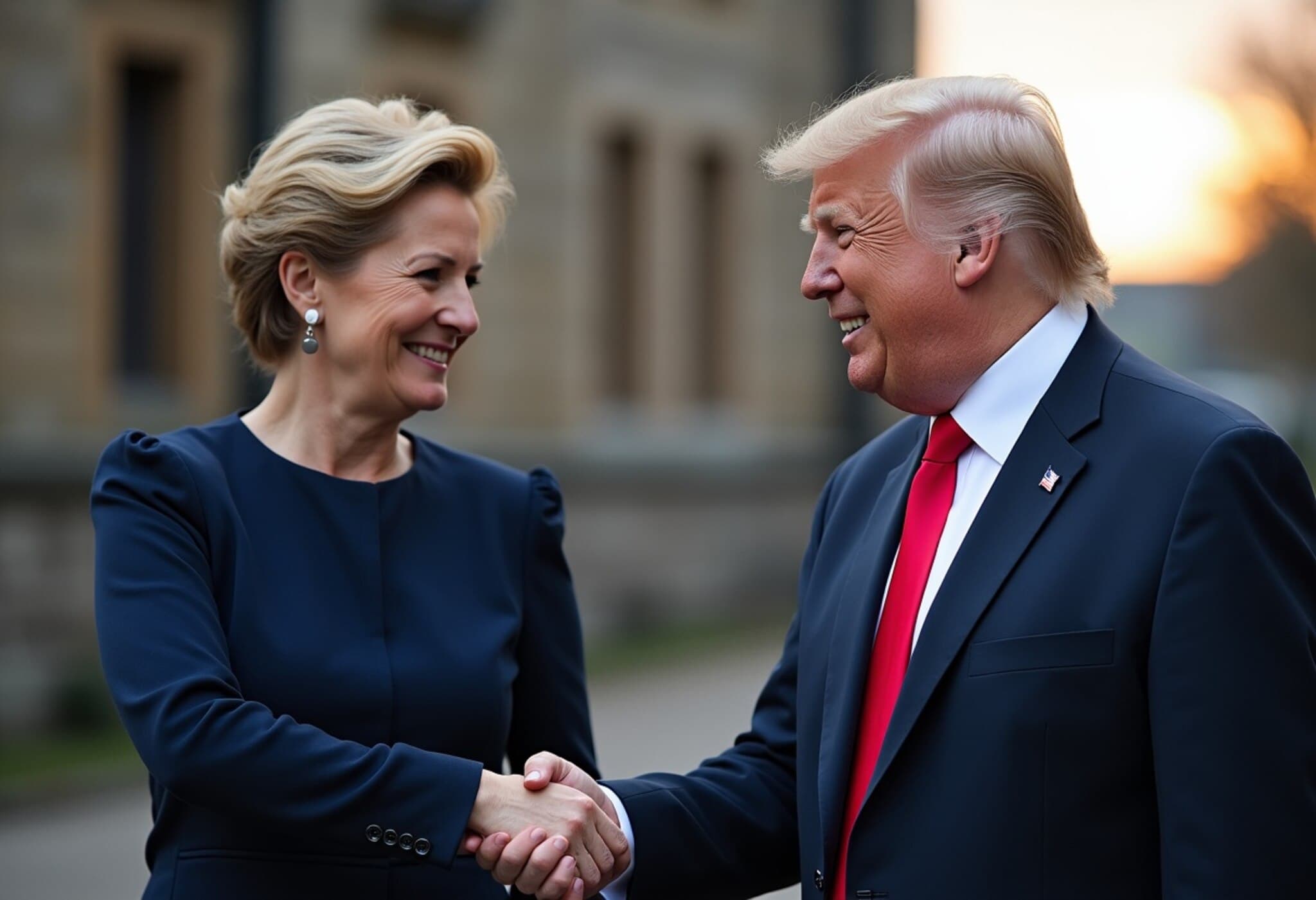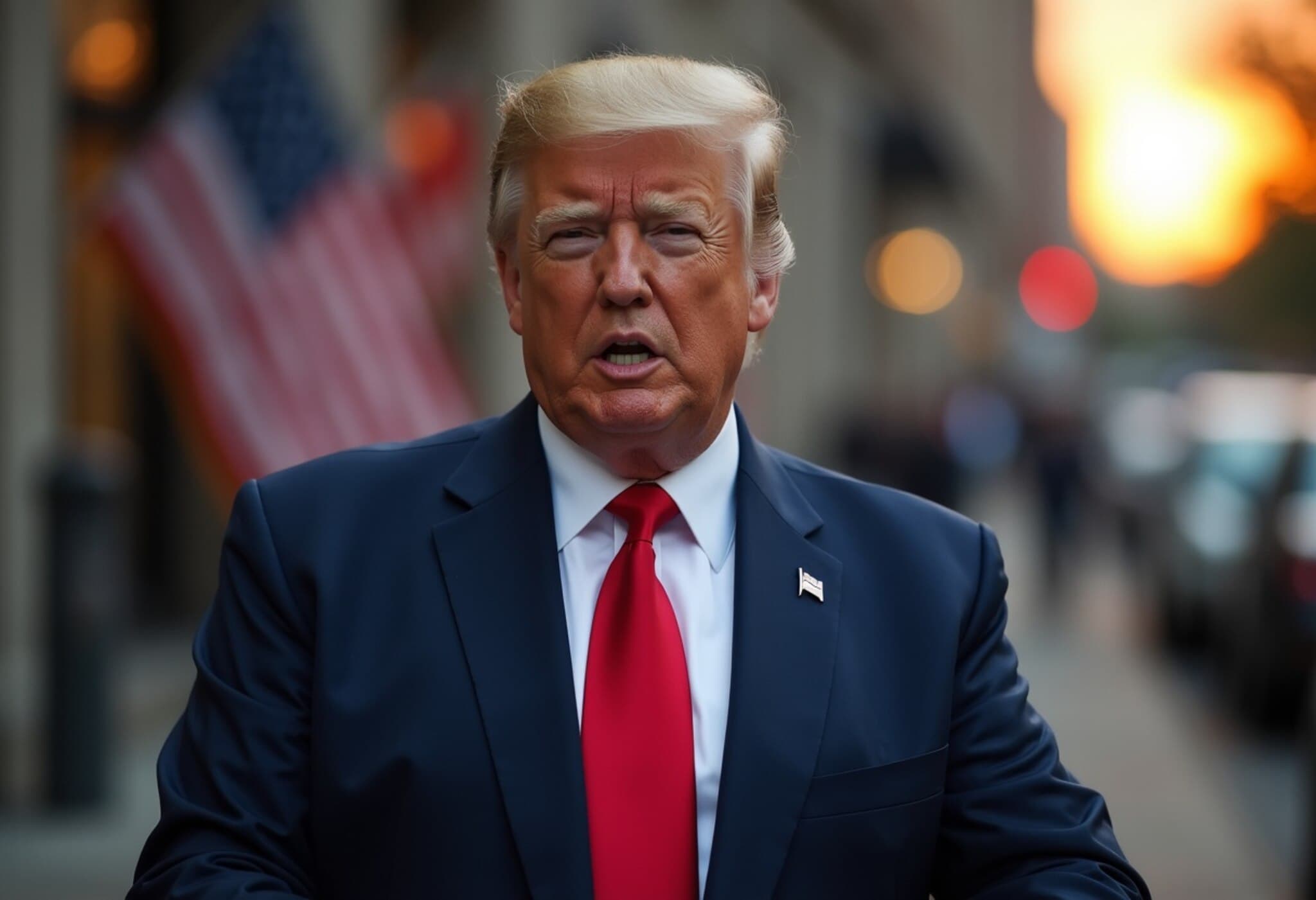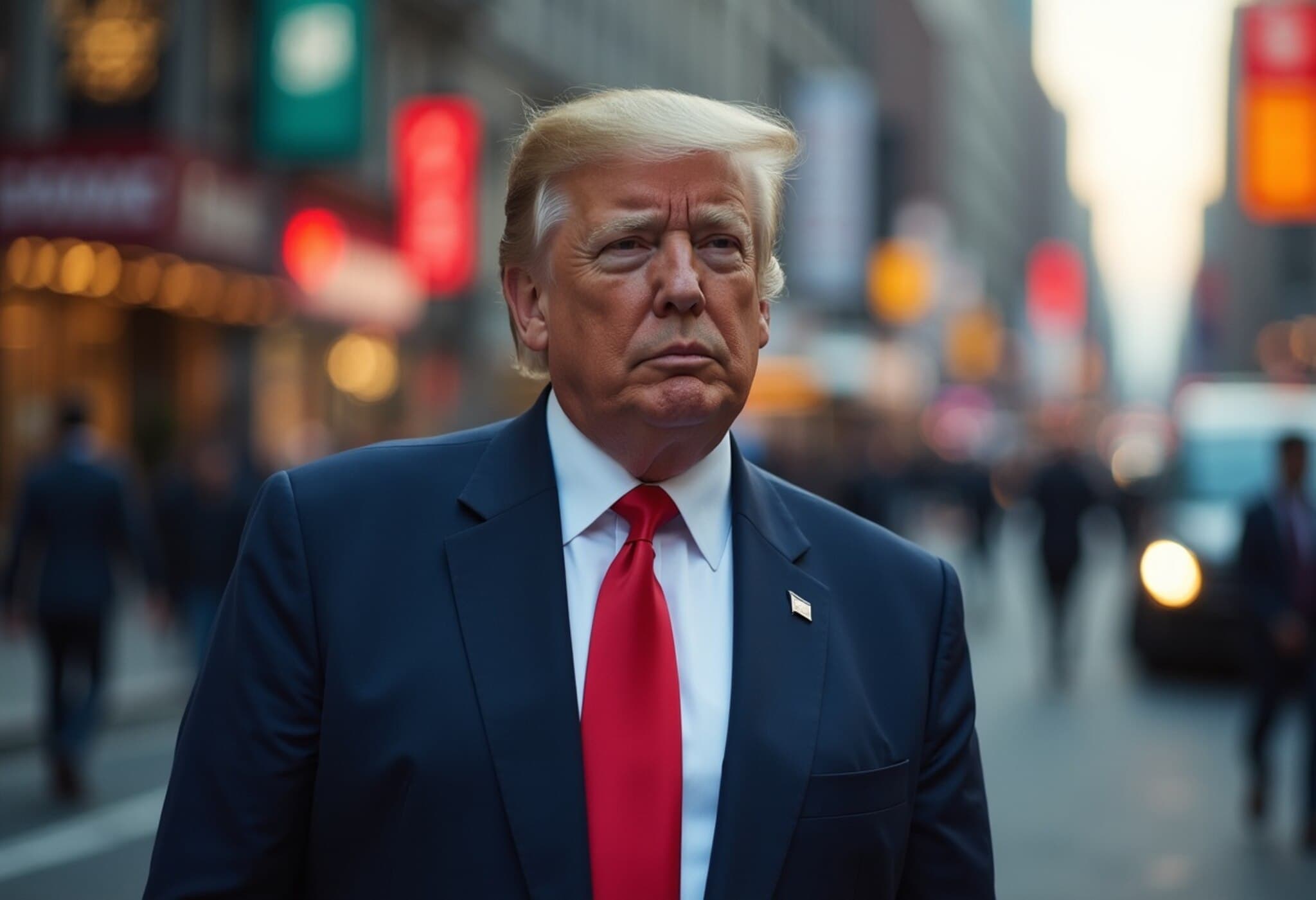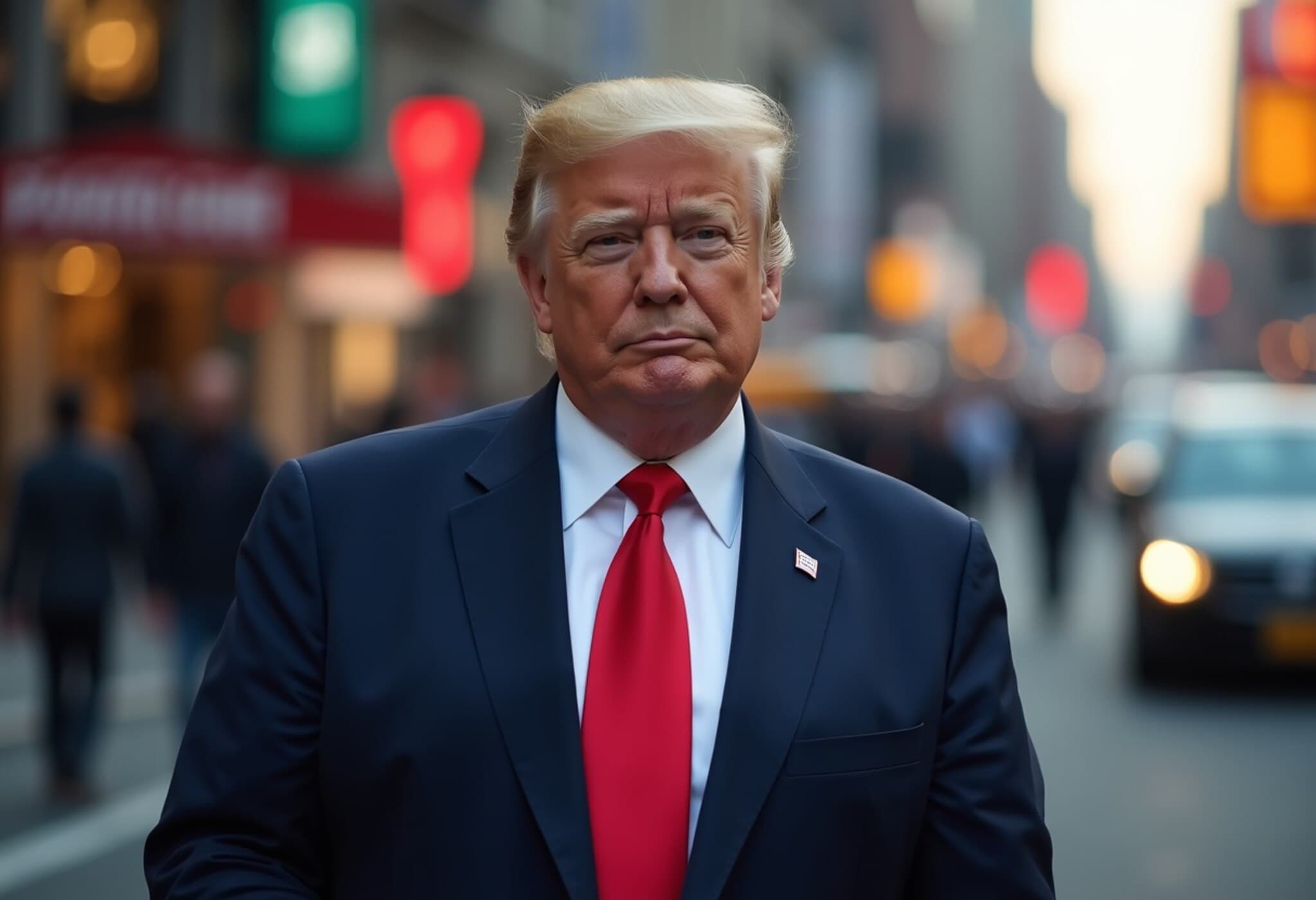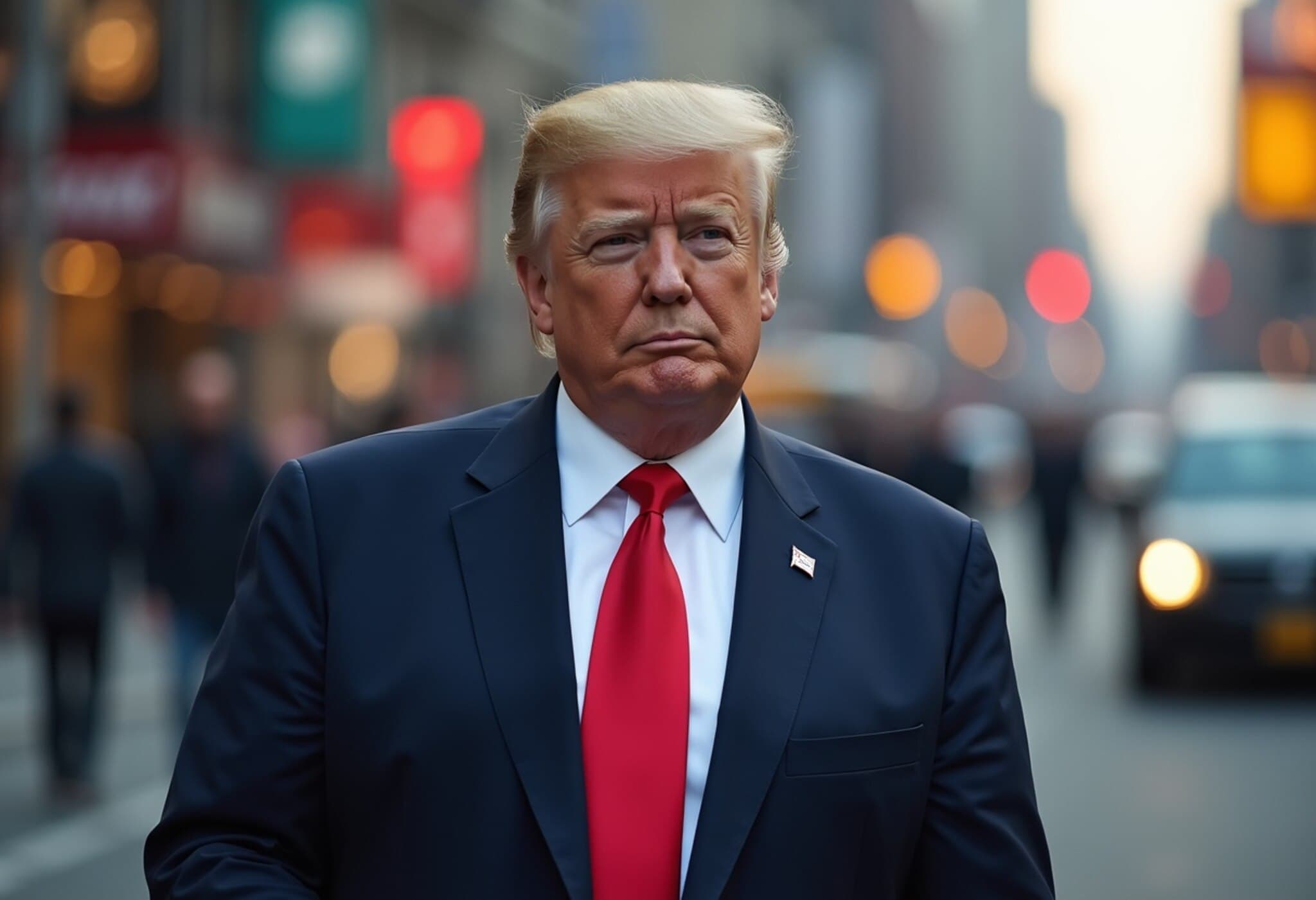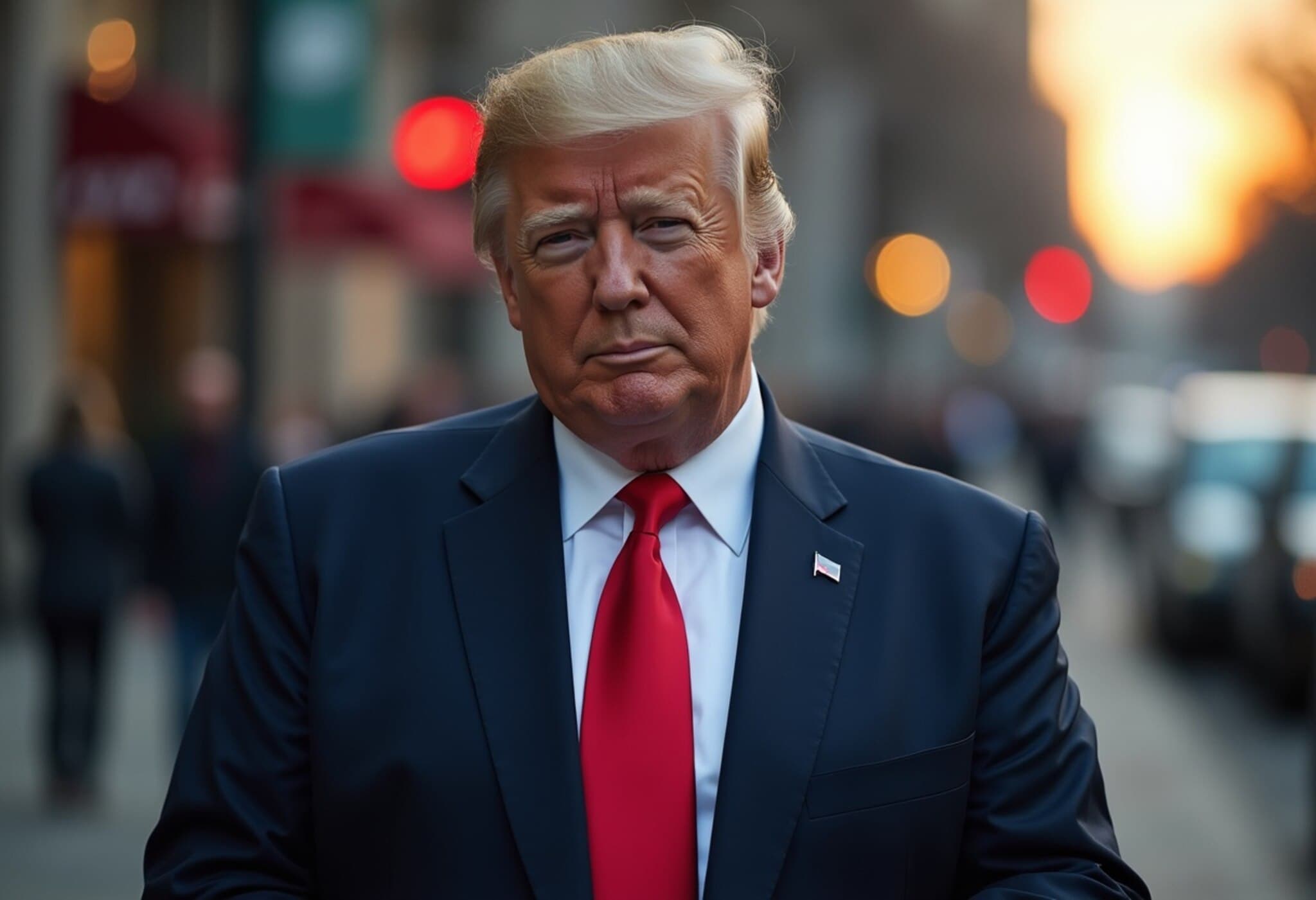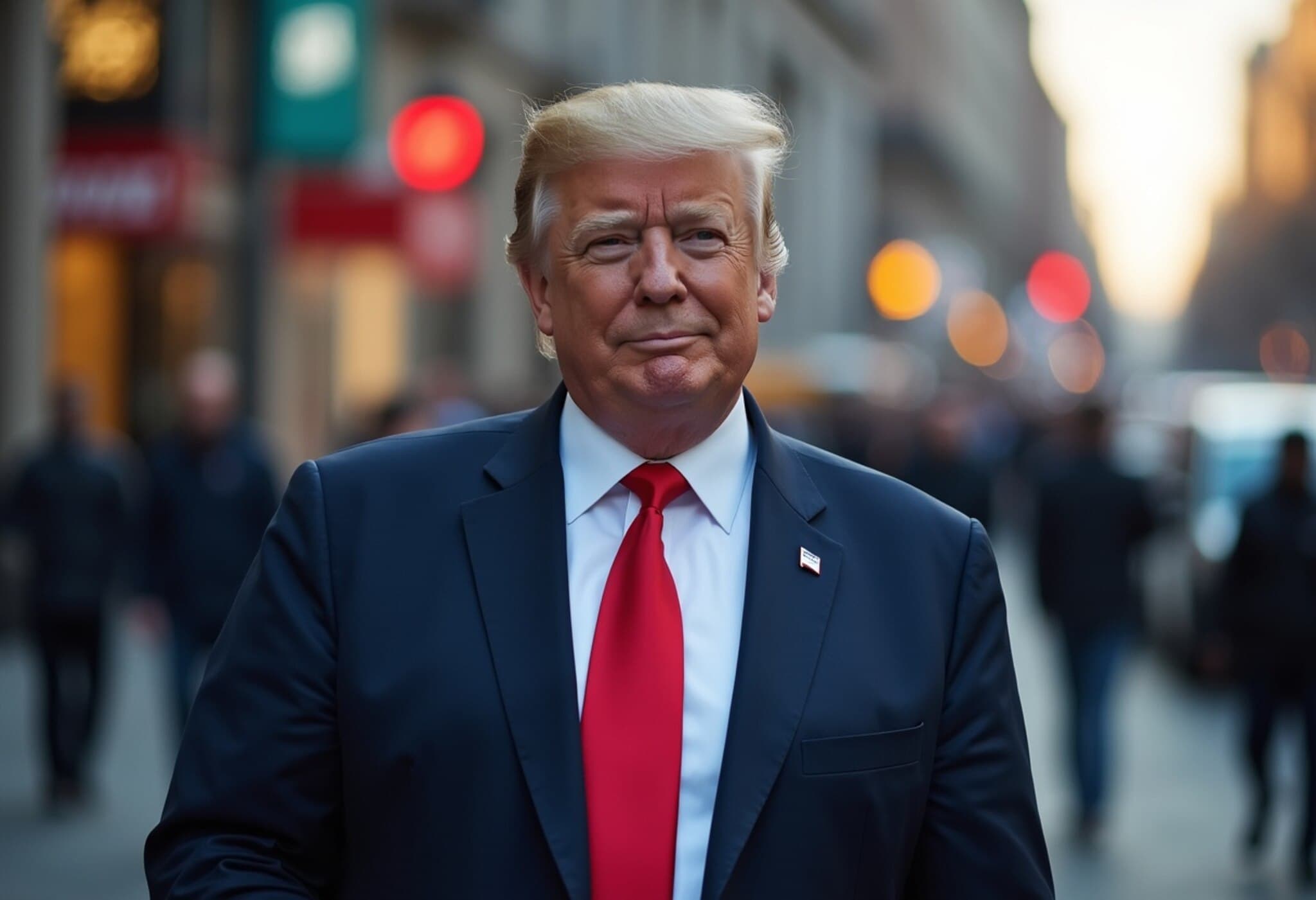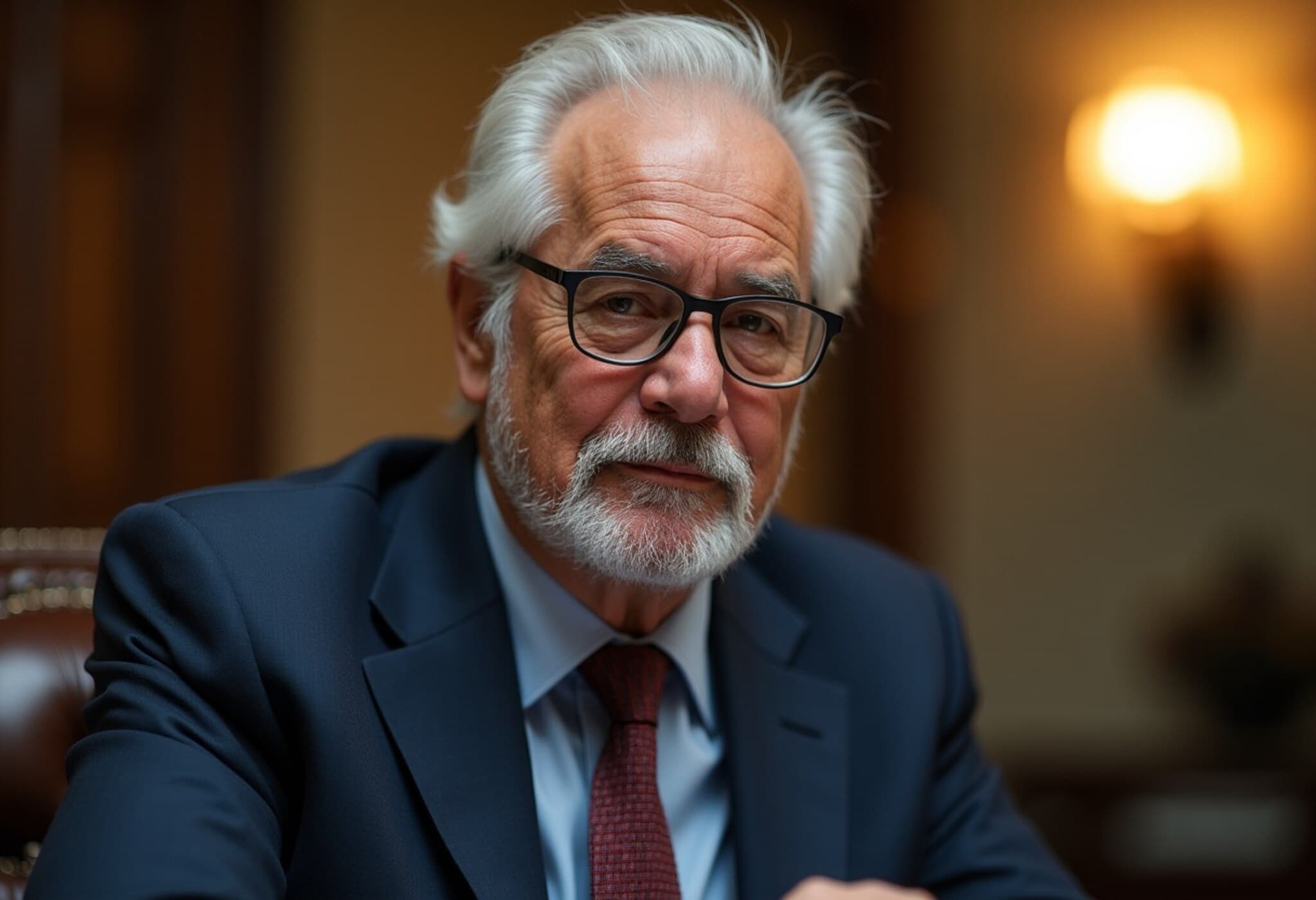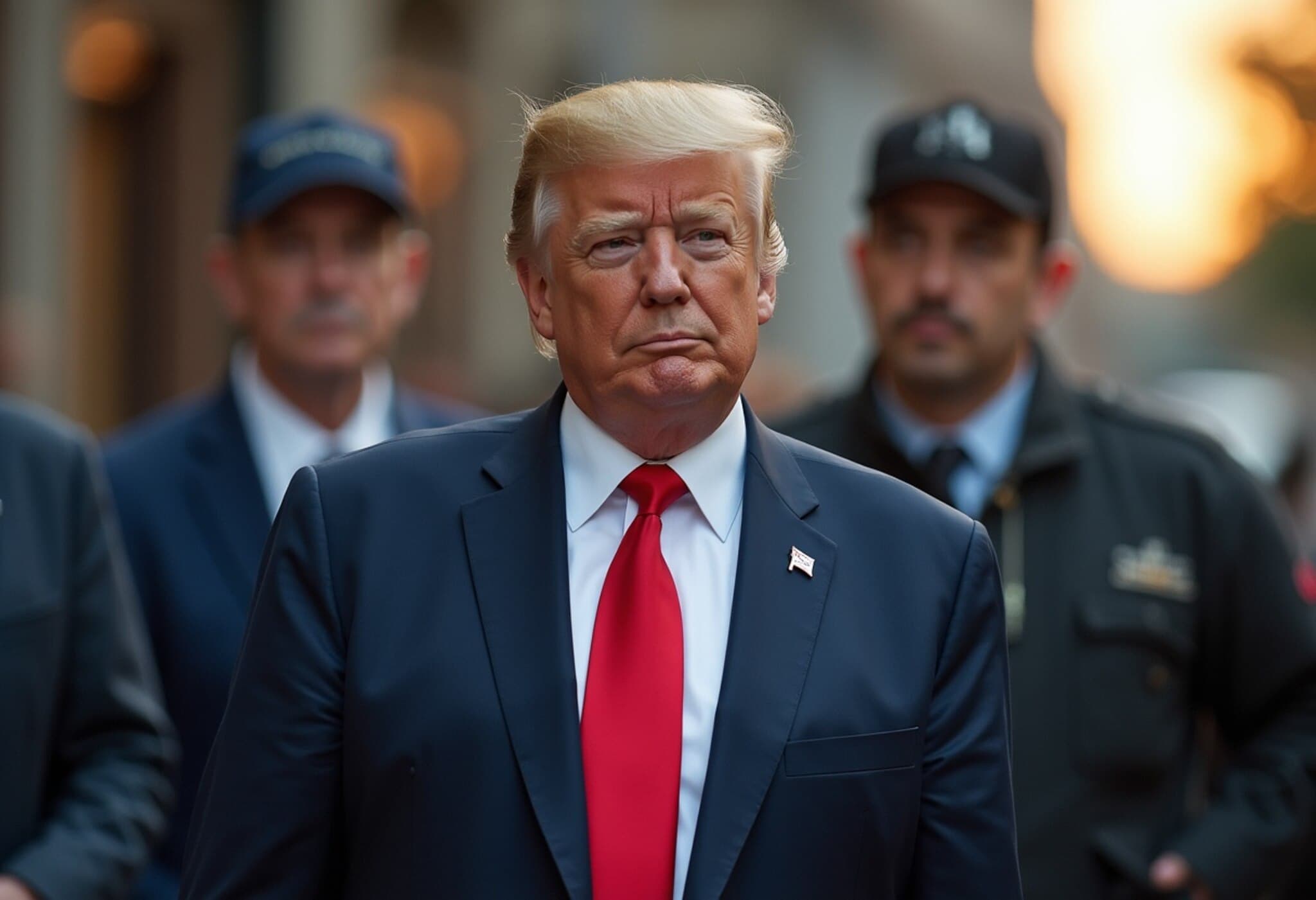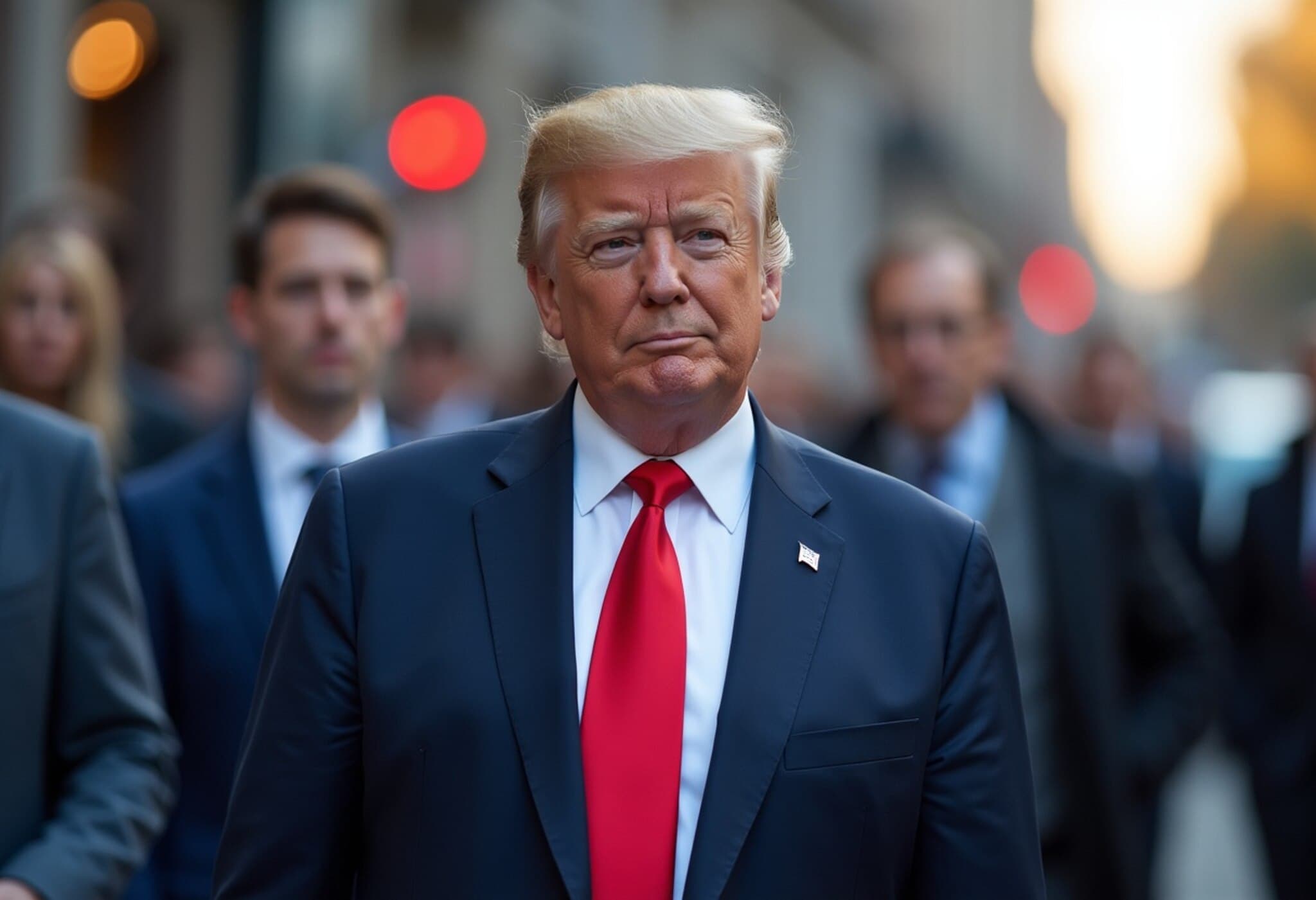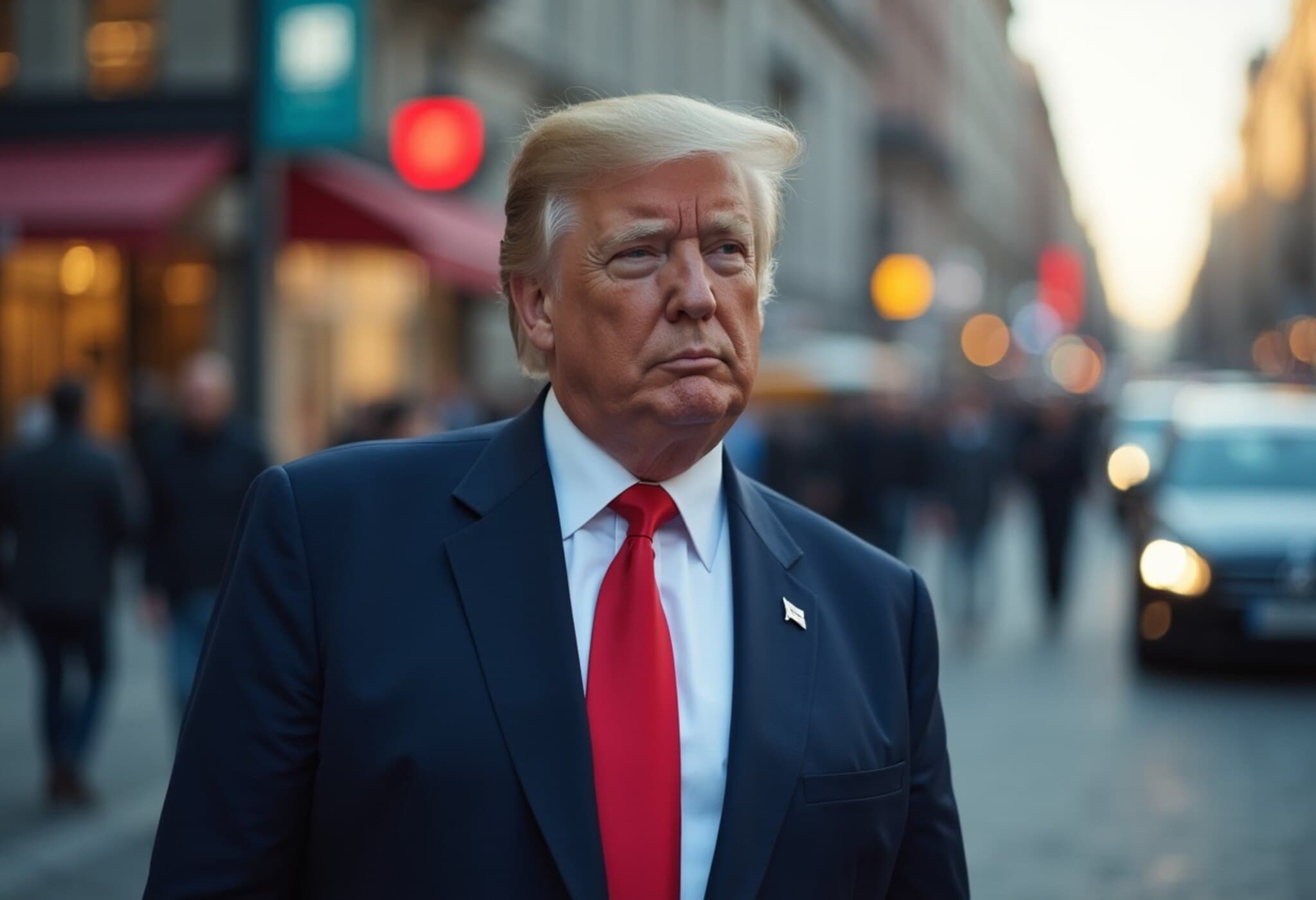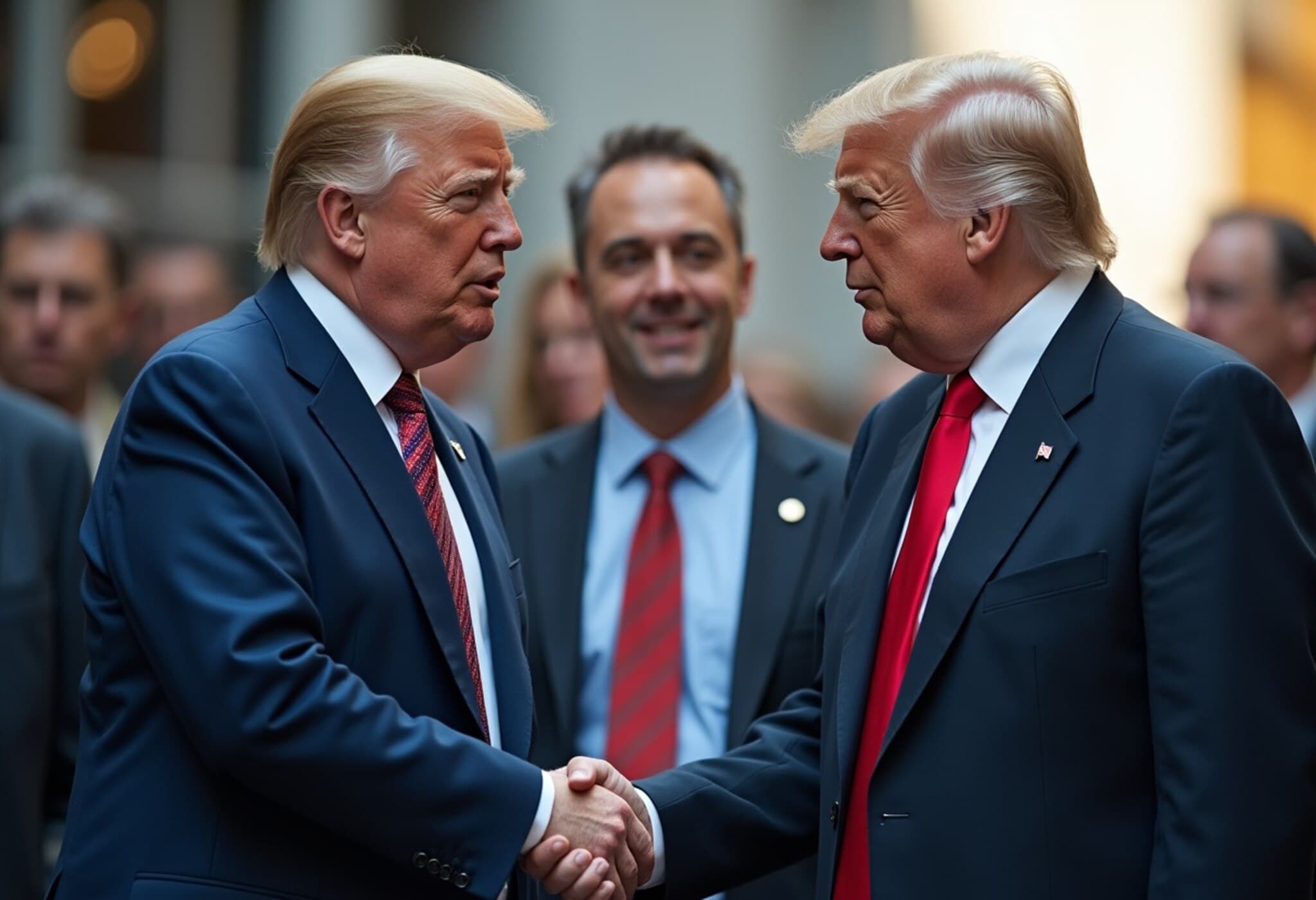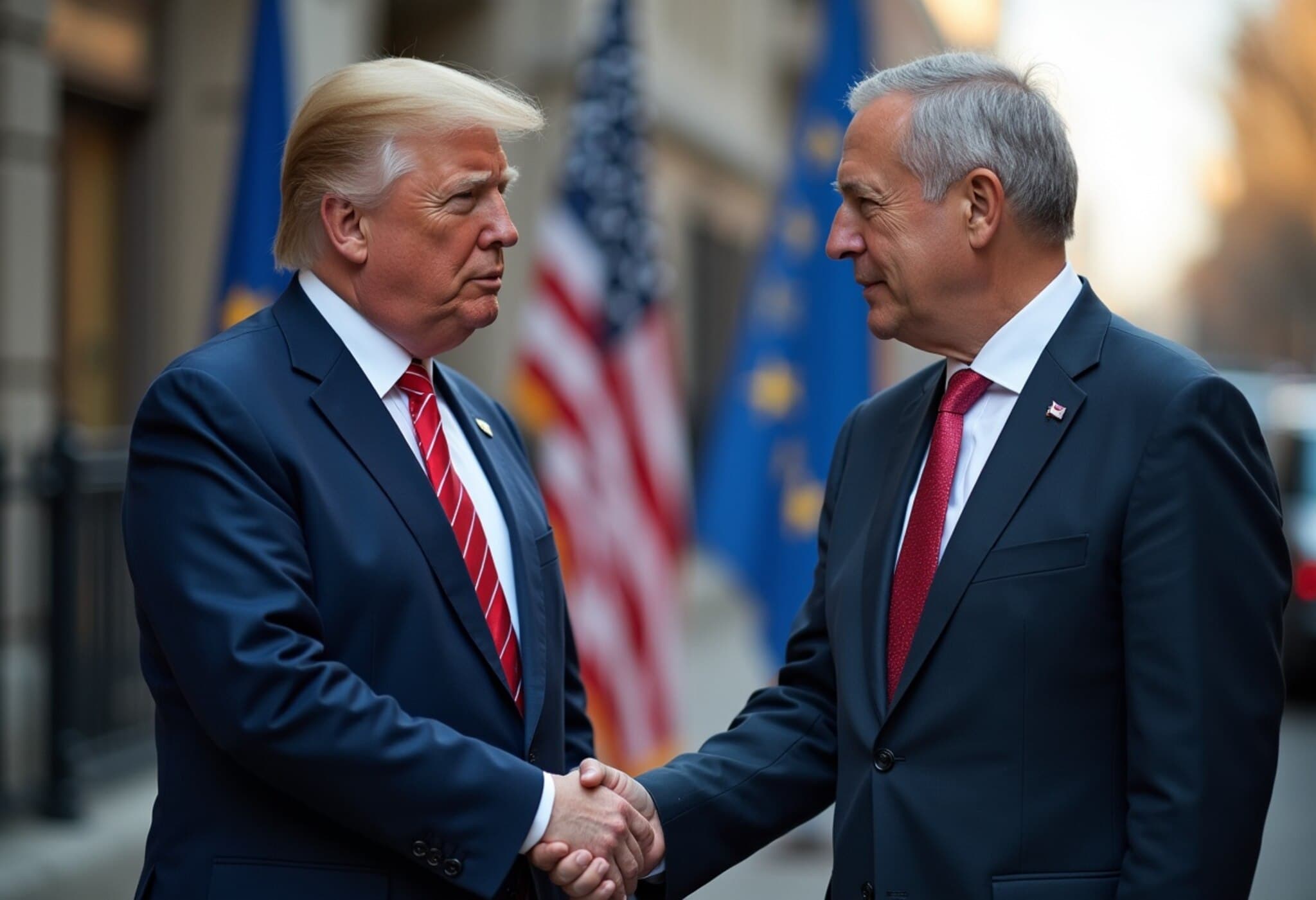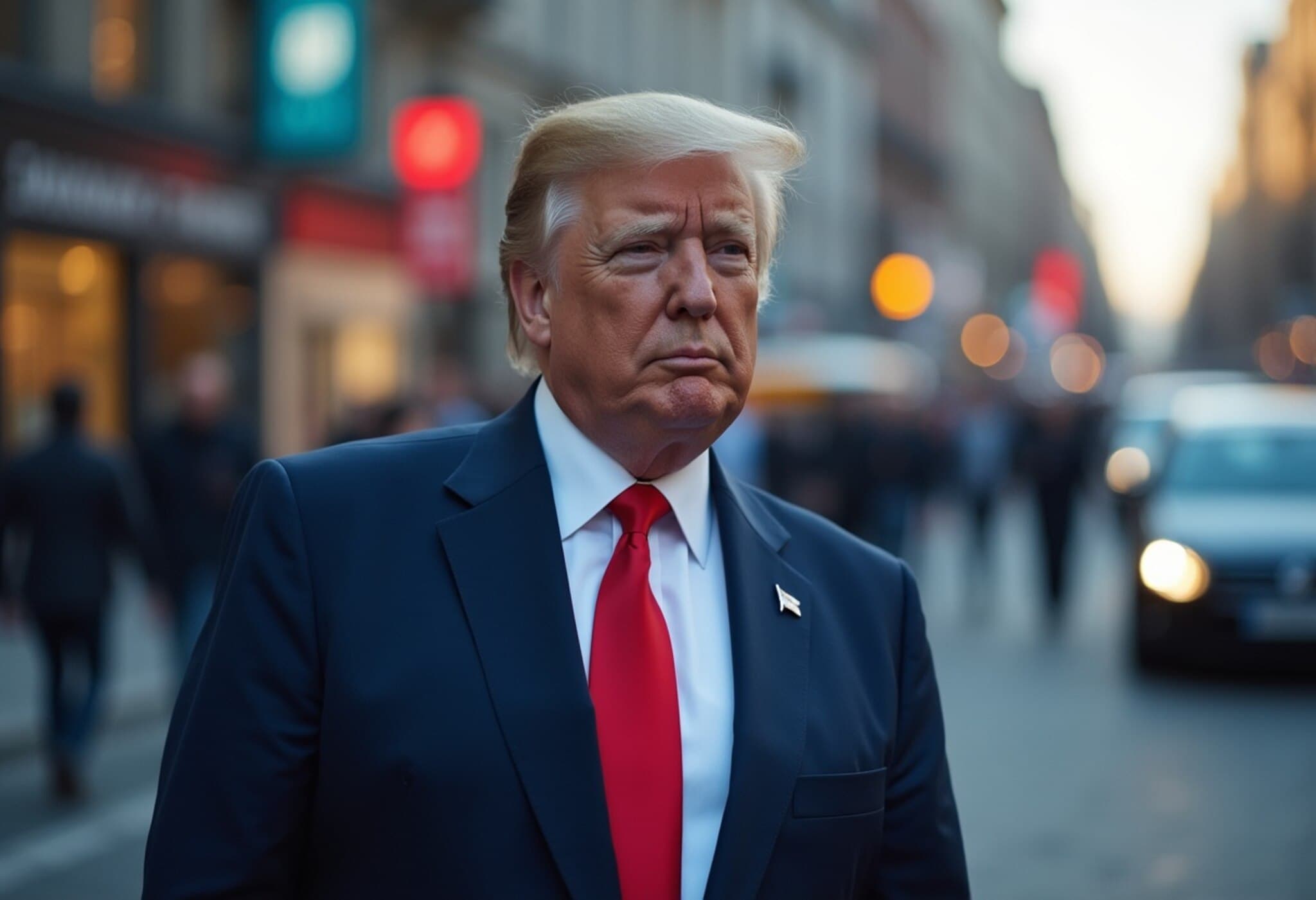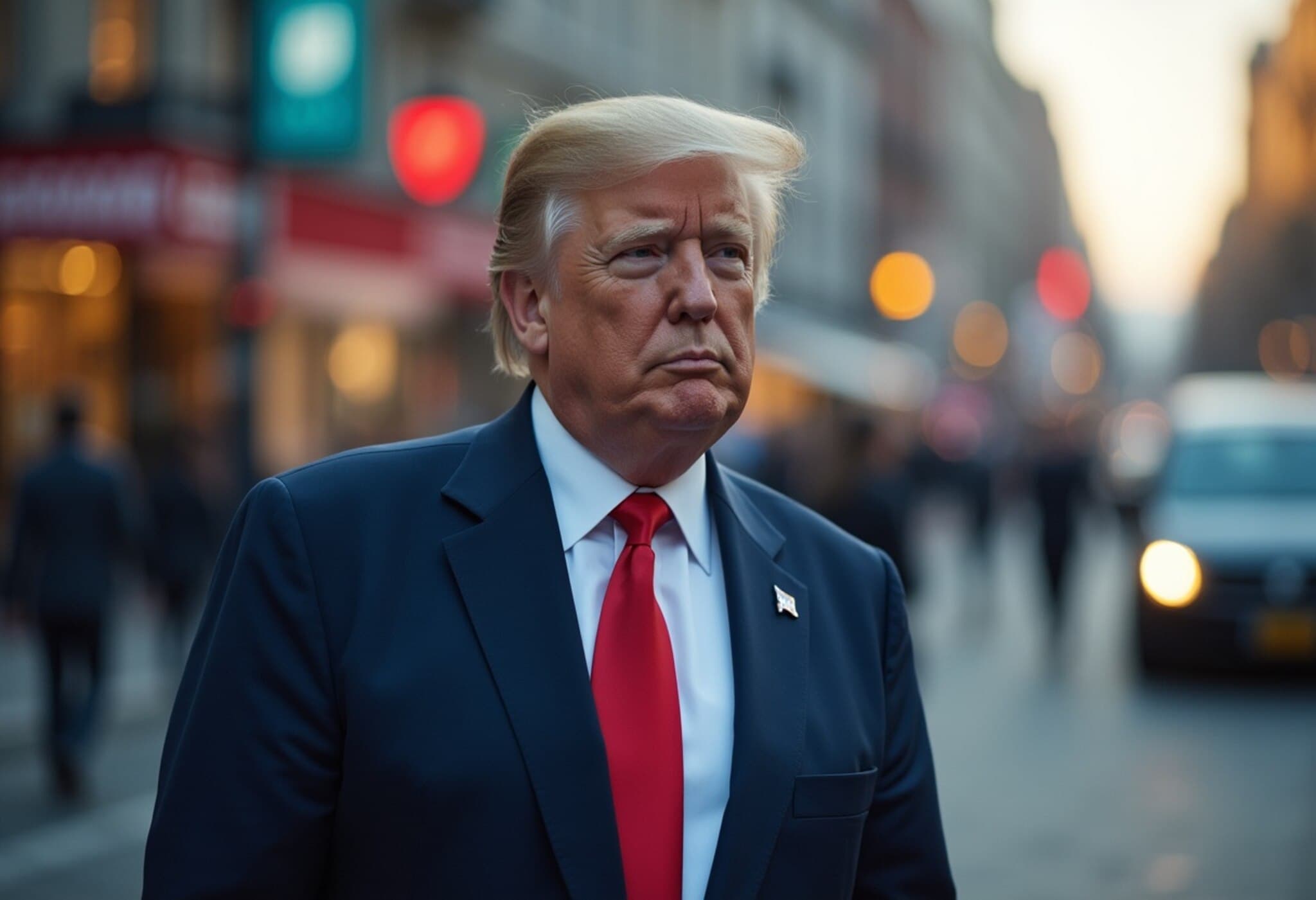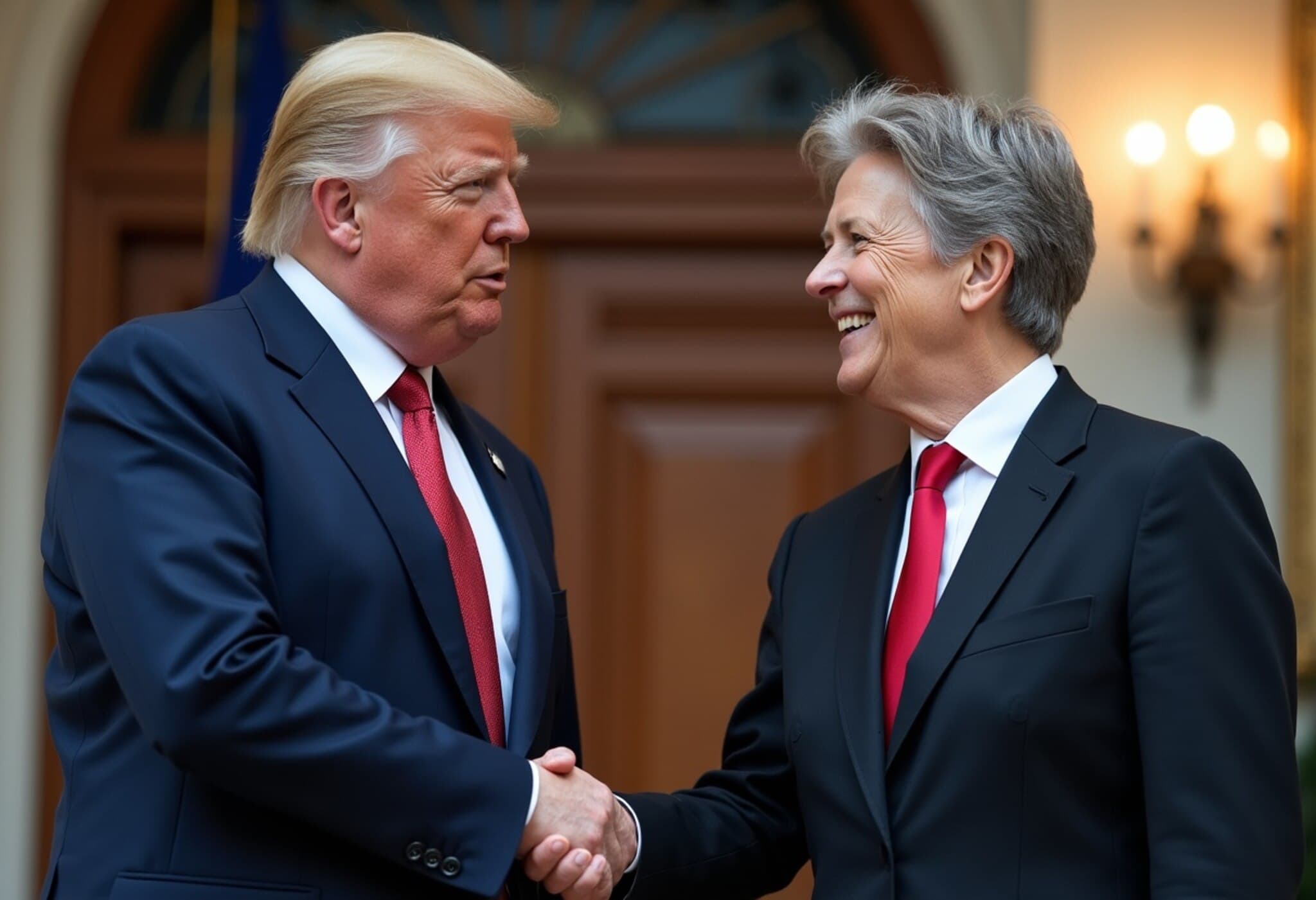Trump and EU's Von der Leyen Meet to Resolve Trade Standoff
In a pivotal moment for transatlantic commerce, European Commission President Ursula von der Leyen and U.S. President Donald Trump met on Sunday at Trump's golf resort in Turnberry, Scotland, aiming to finalize a long-anticipated trade agreement. The stakes are high, with tariffs looming on billions of euros worth of goods that have cast a shadow over EU-U.S. economic relations for months.
Setting the Stage: Uncertainty Clouds EU-U.S. Trade
The backdrop to this summit involves intense last-minute negotiations between negotiators from both sides, including U.S. Trade Representative Jamieson Greer, Commerce Secretary Howard Lutnick, and EU Trade Commissioner Maros Sefcovic. Their focus was on resolving tariff disputes affecting key sectors like automobiles, steel, aluminum, and pharmaceuticals.
With U.S. tariffs threatening to rise to 30% on August 1, European exporters face an uncertain and potentially devastating future. Currently, the EU faces tariffs on more than 70% of its exports, including a hefty 50% on steel and aluminum and a combined 27.5% plus an additional 25% on cars and car parts. A hardline 'no-deal' approach would severely disrupt deeply integrated supply chains and jeopardize millions of jobs on both sides of the Atlantic.
The Proposed Deal: A Compromise at 15% Tariffs
The emerging deal would likely institute a 15% baseline tariff on most EU goods entering the U.S., signaling a significant rollback from the threat of 30% tariffs but falling short of the EU’s original hope for zero tariffs. Drawing inspiration from the recent U.S.-Japan trade agreement, the EU aims to mirror its 15% baseline, with an anticipated 50% tariff on steel and aluminum imports paired with possible export quotas to address the sensitive metal sectors.
For the automotive industry, a prospective 15% tariff would replace the current 27.5% rate, providing some relief. Yet, industry insiders remain cautious, knowing that even a 15% levy would still weigh heavily on competitiveness and consumer prices.
Potential Exemptions and Additional Concessions
- Aerospace and Spirits: Some member states hope to secure tariff exemptions for the aerospace sector and spirits like whiskey, though wine may not be exempt.
- Energy Cooperation: The EU might commit to buying more U.S. liquefied natural gas (LNG), a critical factor given Europe’s ongoing energy diversification efforts post-Russia sanctions.
- Investment Boost: Proposals include increased investment commitments from the EU into the U.S. economy, fostering deeper economic integration.
Despite these aspirations, President Trump expressed firmness regarding steel and aluminum tariffs, emphasizing a policy of uniformity: "If I do it for one, I have to do it for all," highlighting the complexities of crafting sector-specific exceptions.
Economic and Political Implications
This agreement, if finalized, would be a landmark, given that the U.S. and EU account for roughly one-third of global trade. For Trump, it represents an opportunity to fulfill promises of revamping global trade frameworks to favor American interests, following deals with Britain, Japan, Indonesia, and Vietnam, despite missing his exaggerated goal of "90 deals in 90 days."
From the EU perspective, while a 15% tariff baseline may be seen as a compromise far from the ideal zero-for-zero deal, it serves to restore much-needed certainty for European exporters and industries weathering the storm of previous tariff threats.
Behind the Scenes: Diplomacy in Greenland and Scotland
Over the weekend, EU ambassadors gathered in Greenland for a high-profile retreat, discussing strategy with Commission officials to empower Ursula von der Leyen with negotiation leeway. Meanwhile, in Scotland, Trump’s informal setting on a golf course underscored the blend of diplomacy and spectacle that characterizes his trade strategy.
Observers note that the personal respect Trump expressed toward von der Leyen — calling her a "highly respected leader" — may have smoothed tensions and increased the chances of a breakthrough.
Editor’s Note: Navigating a Fragile Transatlantic Trade Future
This developing trade deal reflects the intricate balance between protectionism and global cooperation. While the U.S. seeks to leverage its economic muscle to reduce trade deficits, the EU must maneuver to protect its industrial base without igniting a trade war that would harm consumers and businesses on both sides.
Key questions moving forward:
- Will the EU’s concessions on tariffs and LNG imports ignite political backlash domestically?
- Can this deal set a precedent for future agreements, or is it a temporary truce in a longer economic rivalry?
- How will this impact U.S. industries dependent on EU markets, especially automotive and aerospace?
The world watches closely as two economic superpowers attempt to recalibrate their relationship amid shifting geopolitical currents and economic nationalism. This negotiation underscores the critical importance of diplomacy, flexibility, and clear-eyed assessment of global interdependence.

